It’s pouring.
I shouldn’t be surprised — it’s rained for at least an hour every day since I arrived on the island of Sri Lanka. But still, I was hoping the weather might be a little more cooperative on this humid morning.
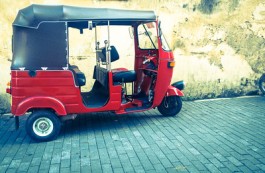 In the back of Sajith’s fire engine red tuk tuk, despite slight protection from a vinyl flap that doesn’t quite close, I am regularly splattered with raindrops from the side, and sprays of water from below.
In the back of Sajith’s fire engine red tuk tuk, despite slight protection from a vinyl flap that doesn’t quite close, I am regularly splattered with raindrops from the side, and sprays of water from below.
It’s a long 45 minutes on the soggy road between my homestay in the charming colonial beach town of Galle, and today’s animal adventure destinations to the east.
Seeing Sea Turtles
The first stop is in the town of Habaraduwa, at a non-profit sea turtle hatchery.
An employee/guide leads me around to various turtle-filled tanks, explaining the program.
Sri Lanka, is home to five types of sea turtles: Olive Ridley Turtle, Loggerhead Turtle, Green Turtle, Hawksbill Turtle and Leatherhead Turtle.
All of these are endangered. Why? They get caught in fishing nets, they’re eaten by islanders (along with their eggs), they eat trash and die, general pollution kills them, they get cut up by boat propellors, and they’re killed for their shells, which are used to make ornaments.
The usual gruesome reasons.
The organization works to fight the impending demise of these species by gathering the eggs from the beaches after they’re laid, and re-planting them at the right depth in a sort of sandbox at the hatchery.
When the baby turtles hatch, they’re either released immediately, or, a few are placed in one of the tanks for several days to mature, while serving as temporary ambassadors to the public.
My first thought upon seeing their minuscule shells and flippers doing flapping water cartwheels across the tank is, I want one! They are ridiculously cute.
I hope they make it.
Snake Surprise
The man who runs the snake farm in Unawatuna is lowering an alarmingly angry, loudly hissing cobra to the ground by its tail. Before the serpent is even fully belly-down, I have already flung myself behind a large potted plant nearby. There I cower, attempting to get a photo of the vociferous beast through leafy stalks.
The man chuckles at my terror while calmly presenting the soles of his shoes to the snake, trying to get it into a photogenic position for me.
“This one new,” he says. “Not know yet he safe. He ok.” The cobra strikes at his foot several times, a bolt of fanged lightning. From the relative safety of this flimsy plant, I pray that I will not see this man die today.
He probably will not die from a snake bite any time soon.
An innate understanding of these slithering reptiles runs in the family. He’s a third generation snake farmer (which apparently is different from a snake charmer) — his father is still alive, and in fact owns a snake farm just down the road. His grandfather died of old age, and not from poisonous venom, as I supposed. (I ask.)
The snake parade progresses…
At every third or fourth specimen brought out for my inspection, I’m offered the opportunity to hang it around my neck like a… well, feather boa. And each time, I immediately bullet backwards, singing my new favorite song titled: Nope Nope Nope, No Way, Uh-Uh, Hell No.
Eventually, the snake man wears me down. Truthfully, it’s a combination of me feeling bad about clearly ruining the most exciting part of his show by refusing to participate, and also knowing that I should probably just do it and get it over with because I’m being a scared sissy.
And so, surprising myself immensely… I wear a snake.
A Whole Lotta Yala
Several days later, I’m back on the Sri Lankan wildlife trail. And, as if spiteful gods had timed it on purpose, the rain is again coming along for the ride.
Fortunately, this time I’m staying high and dry in a tough-as-nails dark green jeep driven by my Yala National Park guide, Imran.
Though it’s not a well-known fact (at least not where I’m from in the U.S.), Sri Lanka actually has the highest biodiversity density in Asia.
Mere seconds after we roll into the park, Imran starts rapid-fire pointing out the fauna speckling this lush landscape.
I witness purple-faced langurs skittering about in the branches of low trees and bushes.
A land monitor lizard walking about with a comical wide-sweeping step.
Wild boars approach the jeep expecting a handout, as tourists sometimes feed them food scraps. Not cool. The boar gets nada from me.
Peacocks intermittently decorate the forest with flashes of electric blue and piercing emerald.
Eagles perch silently in bare trees that resemble branching blood vessels fanning outward into the sky.
Several types of vibrant-hued bee eaters flit among leafy twigs, seeking a 6- or 8-legged snack.
Incredibly, we come across a rare sloth bear snuffling in the bushes for ant hills to pillage.
“Very lucky!” Imran exclaims excitedly in a low voice. “I don’t see bear for long time. Almost two weeks.”
We’re stopped between a swamp, where I busy myself aiming my camera at two small green parrots that have perched in a dead tree; and a partially grass, partially bushes field to our right. The jeep’s tires start to roll, but suddenly Imran hits the break and switches off the engine.
“What —” I begin, intending to ask a question about the parrots, but I am gently shushed. Imran freezes, listening intently. I hear a chorus of strange, high-pitched sounds, like yelping women.
“Leopard.” Imran whispers.
I realize the yelps are coming from a herd of spotted deer in the field to the right. Whereas a moment ago they were happily grazing, they are now stalk still on high alert, only their ears swivel like satellites, and they emit their odd warning calls. Birds crash through the trees to flee.
We wait for several minutes in silence, listening. I can hardly believe that I might get to see a Sri Lankan leopard, particularly since there are only 22 in all of Yala.
…Nothing.
Imran turns the key in the ignition and pulls forward, creeping along the road. A look of intense concentration floods his demeanor.
After a while, it’s clear the cat is not going to be making an appearance. A little disappointed, we move on to an entirely different predator.
Crocodiles bask on mounds of dirt and grass at the base of a man-made damn created by the park to ensure that the swamp behind its barricade remains filled with water all year.
During the hot months surrounding August, it’s the only water hole that doesn’t dry up, which makes it an exceptional location for beholding all of the park’s wildlife, from leopards to elephants.
Elephants don’t like rain. (I can relate.) When the weather is wet, they retreat into the center of the park where dense groves of trees provide reprieve from the deluge. Sadly, this means I won’t get to see any of my favorite animals.
I do however, enjoy the privilege of gazing upon gargantuan Elephant Rock.
At the stone elephant’s feet, reachable via a short trek through a thicket of face-lashing tree branches, is a flat-ish raised platform of rock. It begs climbing, which Imran and I do.
I ask my guide about several distant projections, maybe mountains, rising from the horizon.
“Is hills of Kandy.”
I’m shocked. I’d come to and from Kandy in the center of Sri Lanka on a very long train ride only a week earlier and had seen some of those formations from the window. It reminds me how compact this island nation truly is.
By the time I head back toward the entrance of this coastal park, the rain has finally given up the ghost.
A Whale of a Tale
Sunrise bleeds brilliant pinks and oranges through coconut palms surrounding the Mirissa town boat docks. At 6am, I’m the first tourist aboard an Olympic sized double-decker boat, so I claim the best seat in the house, at the front of the top level.
By 6:45, the upper deck of the vessel hits capacity, and we begin to chug sluggishly out into the Indian Ocean. We weave past tiny fishing boats near the shore, and head in the direction of the great container ships, spread out and seeming not to move, in the distance.
This part of the Indian Ocean is comparatively as rich in wildlife as the mainland. Nutrients stirred up in the warm waters create the perfect migration stopover, as well as a permanent home to an impressive array of ocean-goers.
Once we reach the deepest region, the captain turns off the motor, and we simply wait. From the glittering azure waves, species arise to meet us: flying fish, spinner dolphins, false whales (so named for the fact that they more closely resemble dolphins).
But the real scene stealer — the one every last one of us is hoping will show…
Are the blue whales. The largest animals that have ever lived on our planet. Over one hundred feet long. A heart that is six feet high and weighs 400 lbs.
The gentle — and in fact, rather genteel — giants do not disappoint.
There are several sightings in a row of misty spray; dorsal fins and curved backs disappear into the deep like slick, streamlined trains.
Later as we head back, I slump into my prime seat, grinning madly with disbelief and glee. I can’t believe I’ve gotten to see this.
I glance up at the sky. It’s blue and sweet.
There’s not a raincloud in sight.
Up next: More scenes from wild and stunning Sri Lanka!
Check out more photos from southern Sri Lanka HERE.
Categories: Sri Lanka

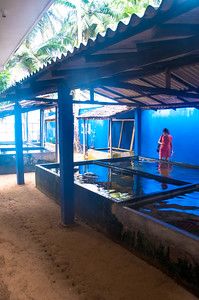

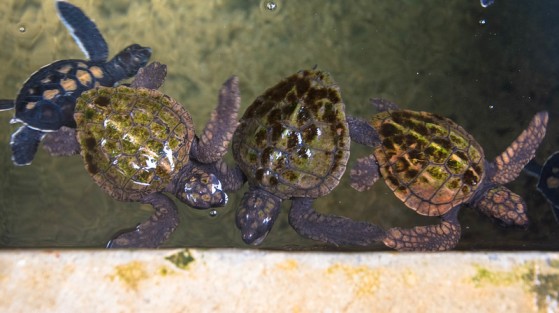


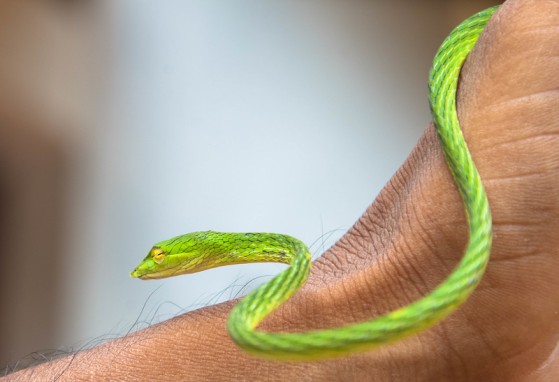

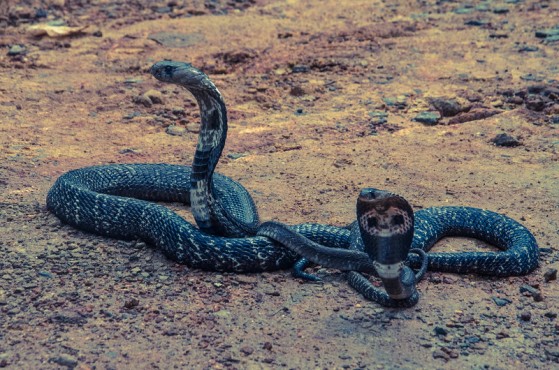

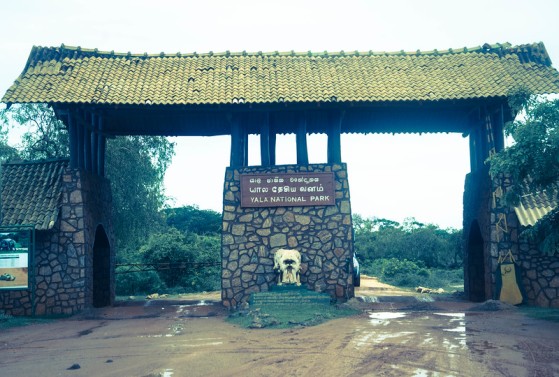
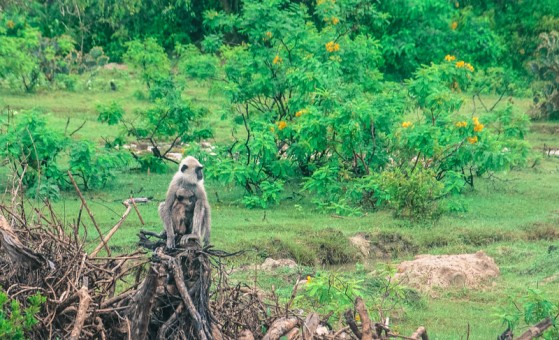
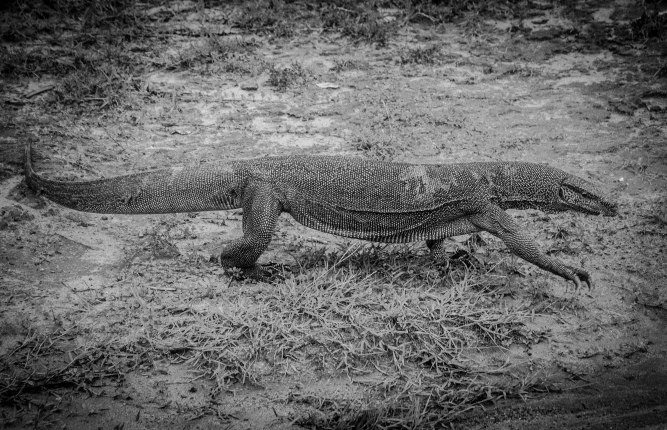

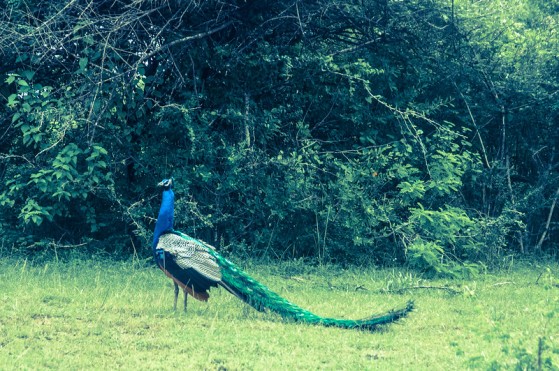
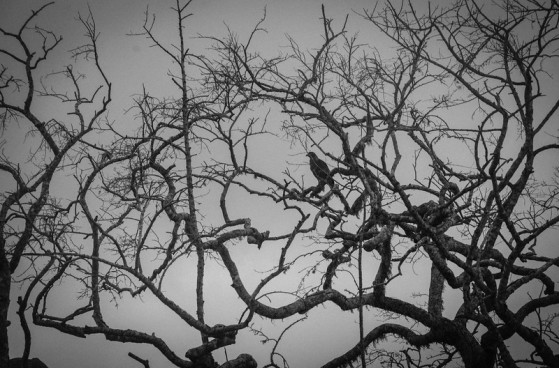

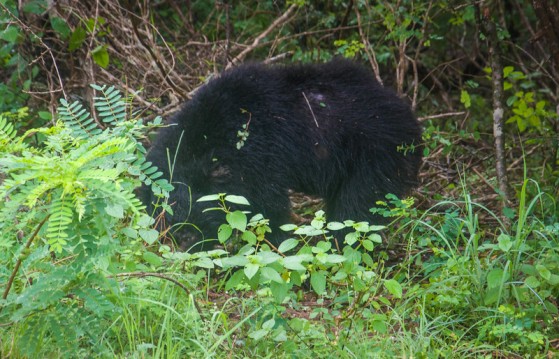
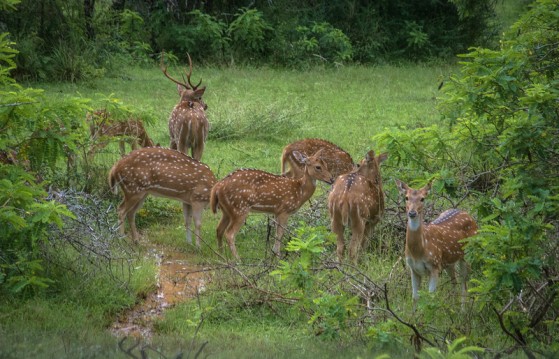
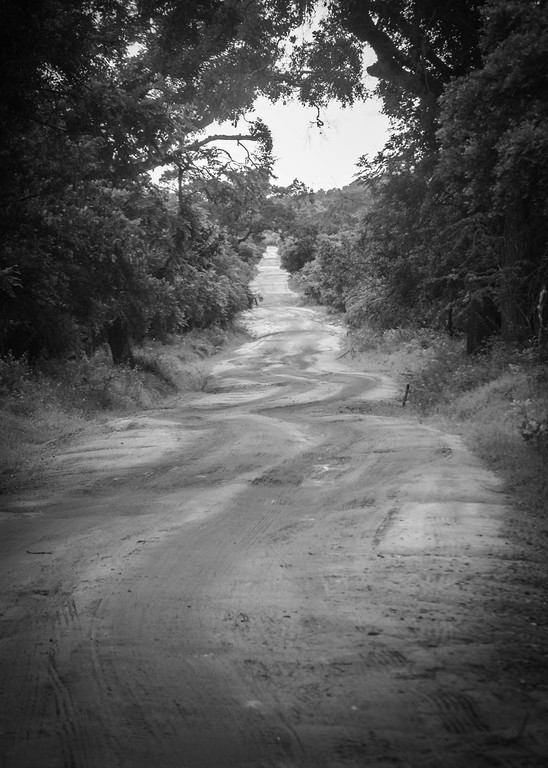
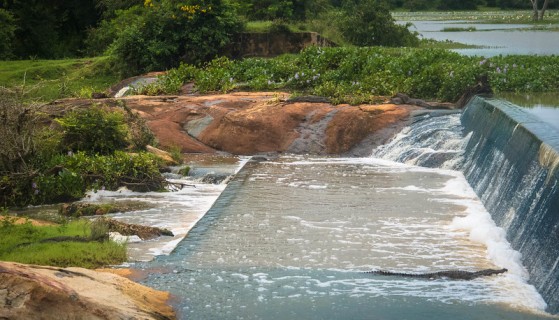





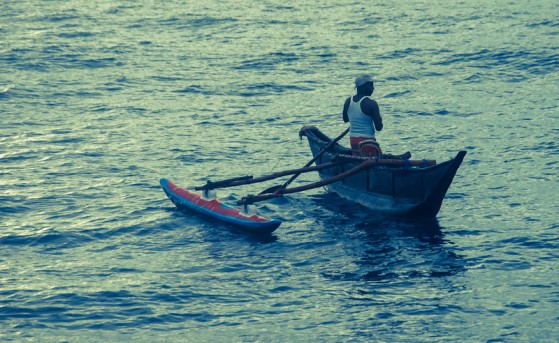
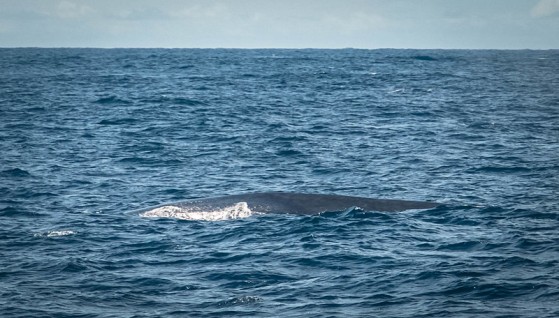
Wow and Amazing the two words in my brain playing over and over again while reading..Amazing post…
LikeLiked by 1 person
Thank you so much, David!! 🙂
LikeLike